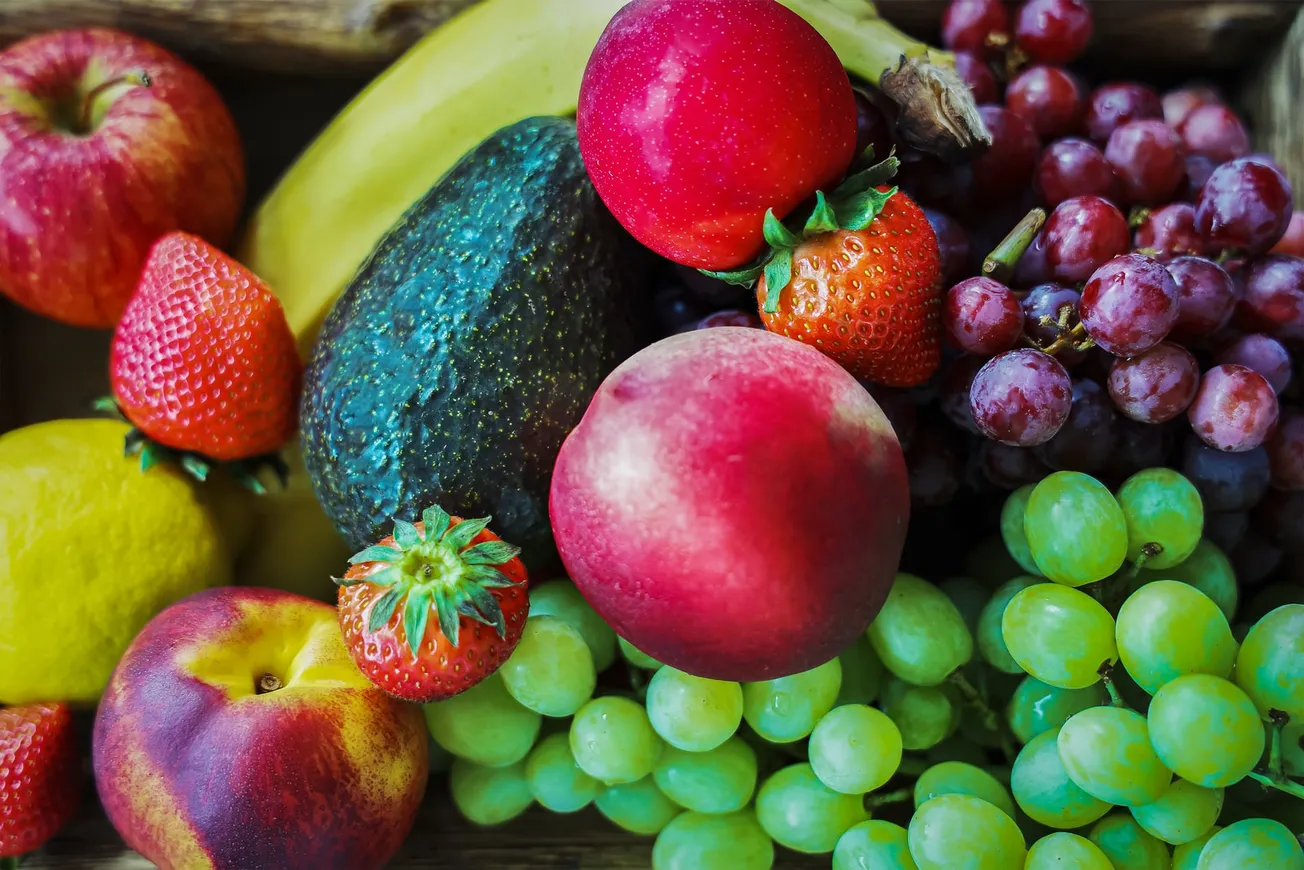The Soviet-born Australian composer Elena Kats-Chernin once reminisced about the her childhood. Her father would sometimes bring home a special gift: an orange. She would, she said, save the orange for as long as possible, eating one precious segment a day. It’s a stark reminder to Western children today, who feel deprived if they don’t have the latest iPhone, of just how much we in the Capitalist West take for granted.
Few moderns today have even visited a farm or even kept a vegetable plot and chicken coop as a necessity. Today, home gardening and chicken-keeping is a bourgeois hobby. After all, we can find a more varied and extravagant variety of offerings, than even an 18th-century monarch could expect, simply by going to the local supermarket.
Today, even in the dead of winter, you can head to your local grocery and find any number of wondrous varieties that have no natural right to exist. Huge, somehow crispy blueberries; seedless grapes with vivacious flavor and a light, low-tannin skin that snaps in your mouth; enormous, hydroponically grown strawberries that make no sacrifice of flavor in their pursuit of gigantism; and so on. From stone fruits that somehow manage to taste like confections to exotic oddities once exclusive to National Geographic magazine, a world of wonder is at our fingertips.
Even in the ’90s, such exotic fare as limes or dragon fruit were the stuff of specialty grocers in the bigger cities. Now, they’re available at our small-town IGA (think, Four Square) pretty much any time.
And no one thinks twice about it.
As with all modern marvels, we’ve become inured to our age of abundance. Headlines that advertise previously incomprehensible phenomena like “the best new vegetables and fruits of 2024” now cross the transom with such regularity that they barely merit a mention. But it’s worth pausing to take the full measure of this little-noticed cornucopia. Indeed, we may be witness to the dawn of a new edible epoch.
We live in an age of human prosperity unsurpassed in any time, anywhere. Even in a cost-of-living crisis, we’re still better fed, and for cheaper, than any human generation before. (For those beguiled by memes of old KFC menus advertising a three-piece dinner box for $1.35 in 1969, I suggest using an inflation calculator to get an idea of what that is in today’s money. Hint: it’s not the bargain you might think.)
For the developing world, the mostly elimination of hunger came about courtesy of Norman Borlaug’s Green Revolution.
What comes next?
A 2023 study published in the journal Food Chemistry identifies our time as the outset of the “fourth industrial revolution,” which is busily augmenting the quality, safety, and availability of fruits and vegetables. Genetic engineering – a practice that has many detractors but is little more than a speedier form of the selective breeding that gave way to the otherwise unnatural produce we now regard as staples – yields an ever-growing bounty. Not only are varieties becoming more numerous and flavors growing more robust, but gene editing is producing heartier stock better designed to survive in adverse environmental conditions – reducing the need for chemical pesticides and thereby making food less expensive but more plentiful and healthful.
That’s the altruist’s argument for the new fruit paradigm. My more parochial claim in its favor is that the produce aisle has become a cavalcade of marvels that reliably delight the senses. And the revolution shows no signs of slowing down.
“Sumo Citrus mandarins, Cotton Candy grapes and other items like them began trickling into supermarkets about a decade ago,” read a March 15 report in the Wall Street Journal. “But in recent years, demand has been widespread enough to have a measurable impact on overall produce sales.”
“The variety and quality I’ve seen emerge in the past several years has been remarkable,” Whole Foods Market’s executive Erik Brown told the Journal. “When I started in produce, we had one cherry tomato, and they weren’t that great. Today we have upward of 10 to 15 different varieties that are high quality and with different flavor profiles.”
Of course, Luddites will rail against genetic modification – apparently in ignorance of the fact that everything they eat has had its genome modified, often for thousands of years. Try eating a wild banana, if you think unmodified is better. Or maybe pay $360 for a kilo of Fauxborigine Bruce Pascoe’s wild “kangaroo and spear grass flour”.
As H G Wells once said, anyone who pines for the ‘good old days’ changes their mind as soon as they get a toothache. Or when they’re faced with the historical reality of a steady diet of potatoes and beans.









